The Ultimate Low-Stress Shrimp Care Guide for Beginners
If you’re feeling overwhelmed but still crave a soothing, low-effort pet, freshwater shrimp might be your perfect match. They’re small, quiet, endlessly interesting to watch, and surprisingly helpful when it comes to maintaining a clean tank.
This guide to shrimp care for beginners is designed for people like us: emotionally tired, space-limited, and seeking something gentle and manageable. We’ll walk you through how to pick the right shrimp, what they need to thrive, and how to keep them (and you) stress-free.
Why Are Shrimp Beginner Friendly?
Freshwater shrimp, especially Neocaridina species like Cherry Shrimp, are peaceful, colorful, and undemanding. They’re ideal for small apartments, quiet workspaces, or mental health breaks in the middle of chaotic days.
They don’t need toys, cuddles, or walks. What they do need is a stable environment and a bit of daily care that can easily become a mindful ritual. I could watch them for hours, seriously!
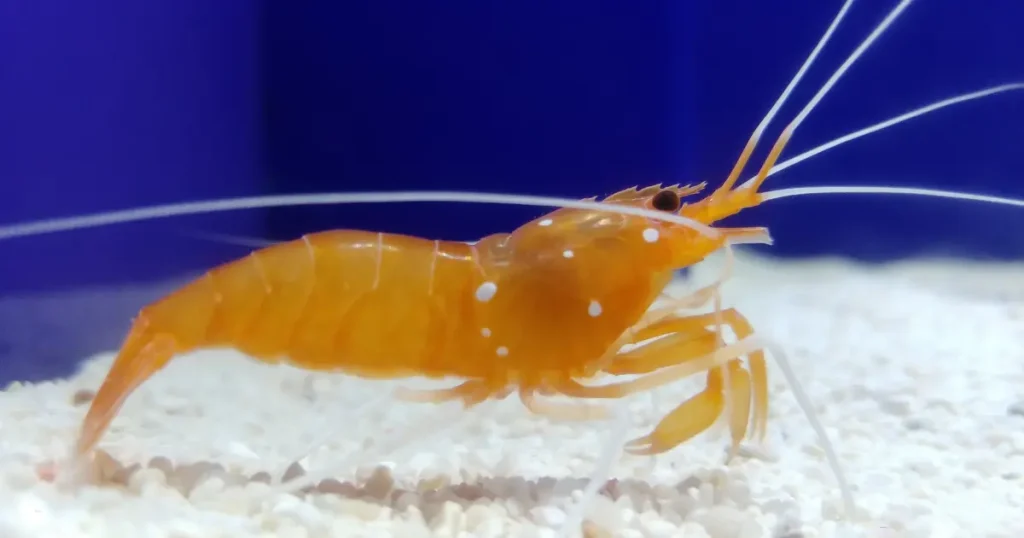
How to Choose Healthy Shrimp
What to Look For in the Store
- Bright, even coloration (red, blue, orange, etc.)
- Active movement—they should be grazing or swimming slowly
- No signs of white patches, fungus, or injuries
- Transparent or slightly colored saddle visible in females (a good sign of maturity and health)
Red Flags to Avoid
- Shrimp floating upside-down or lying still
- Discoloration, fuzz, or visible parasites
- Cloudy tanks or tanks with many dead shrimp
If the store can’t tell you how long they’ve had them, or if the shrimp look sluggish, walk away. Make sure you check these signs when purchasing online. At one point, I wanted to buy them online because they were super cheap (Like 30 cents for 1), but it seemed too good to be true, so I decided not to get them.
Tank Setup Requirements
Minimum Tank Size
While some people keep shrimp in jars, we recommend a minimum of 3 gallons, ideally 5 gallons or more for water stability. The more water, the more room for error.
This Fluval SPEC 5-Gallon Aquarium Kit is a great starter tank with built-in filtration and lighting—perfect for shrimp.
Water Conditions
- Temperature: 70–78°F (21–25°C) – a small heater like NICREW Mini Aquarium Heater works well
- pH: 6.8–7.6 (neutral to slightly alkaline)
- Ammonia/Nitrite: Always 0
- Nitrate: Under 20 ppm
Use a water conditioner like Seachem Prime to treat tap water before use.
Shrimp are sensitive to copper, so avoid any medications or plant fertilizers with copper sulfate.
Filtration, Plants, and Substrate
- Use a sponge filter like the Aquaneat Bio Sponge Filter to avoid sucking up baby shrimp
- Choose dark substrate (shrimp show color better)
- Add live plants like Java moss, Subwassertang, or Anubias for grazing and hiding
- Decorate with cholla wood or Indian almond leaves for tannins and hiding spots
Lighting can be low to moderate. Shrimp don’t like harsh spotlighting.
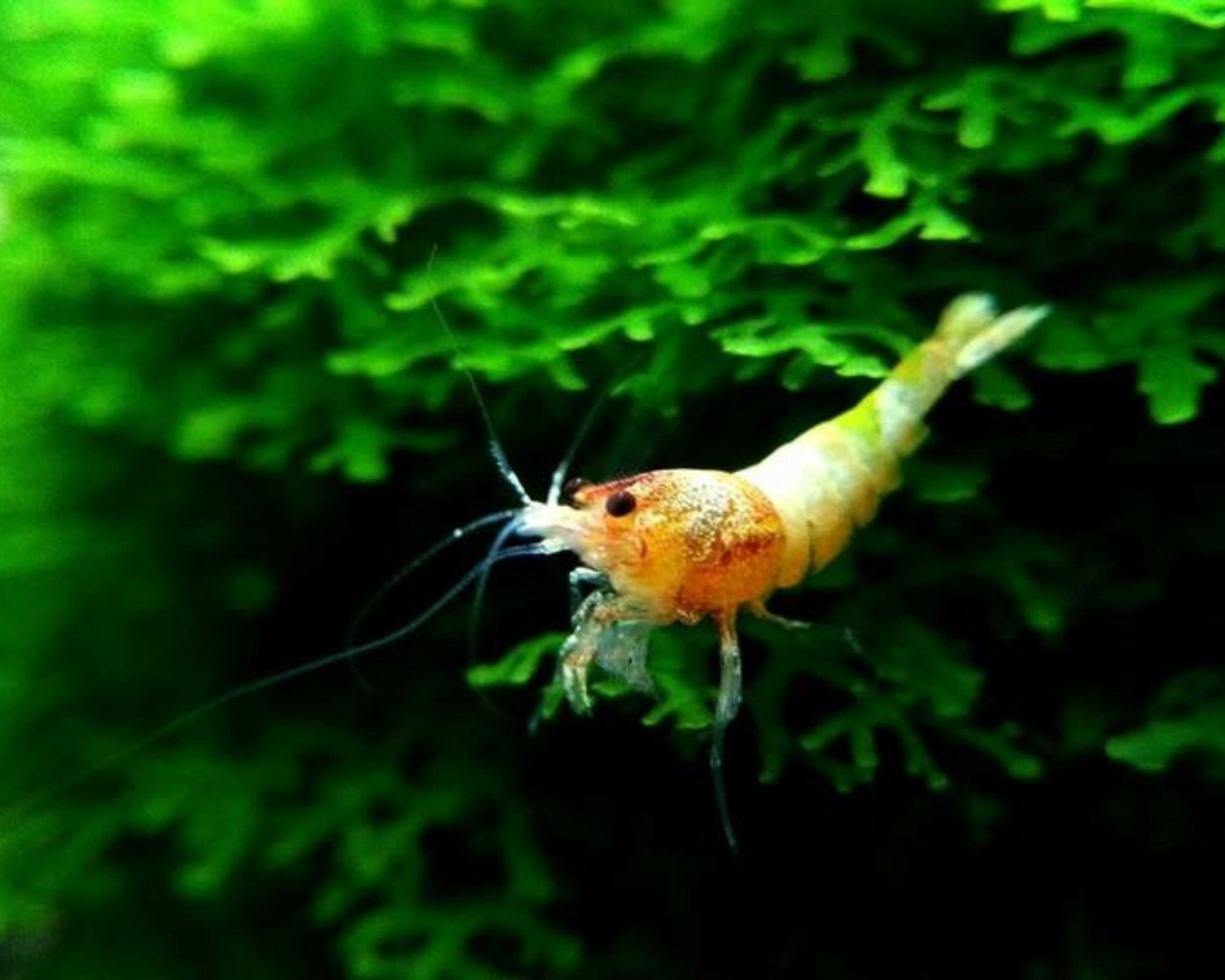
Feeding Tips
Shrimp are scavengers, so they don’t need large meals. In fact, overfeeding is the #1 beginner mistake.
What to Feed
- High-quality shrimp pellets or wafers
- Blanched vegetables like spinach, zucchini, or carrots
- Biofilm (encouraged by adding live plants and wood)
- Occasional protein treats like Hikari Shrimp Cuisine
Feeding Frequency
Feed every 1–2 days, only what they can eat in 2–3 hours. Uneaten food should be removed to avoid water quality issues.
Pro Tip: Use a feeding dish to keep food contained and reduce mess.
Behavior and Temperament
Shrimp are peaceful and thrive in groups. They are not aggressive toward fish or each other.
They spend most of their time grazing on surfaces, molting, hiding, or exploring. With a large enough group (10+), you’ll see them constantly moving and interacting.
They’re fun to watch but not interactive like fish—perfect for a calming, screen-free focal point.
Best Care Tips to Reduce Stress (for You and the Shrimp)
Simple Maintenance Routine
- Use a small siphon to do 25% water changes weekly
- Trim plants, wipe glass, and check for molting or baby shrimp
- Use test strips like Tetra EasyStrips 6-in-1 to monitor water quality
Ideal Tank Vibe
- Keep tank in a stable, quiet spot away from high traffic
- Add driftwood and plants to reduce visibility stress
- No loud filters, bright lights, or heavy tapping on the glass
Traveling or Busy? Backup Plans
- Shrimp can safely go 2–3 days without food if the tank has biofilm
- Use a timer for lighting
- Consider a friend to top off evaporated water with conditioned water
Common Issues and How to Avoid Them
Overfeeding
Too much food leads to ammonia spikes and shrimp deaths. Less is more. This applies to pretty much any fish though.
Using Uncycled Tanks
Shrimp are fragile in tanks that aren’t properly cycled. Always cycle your tank (or use seeded media) before adding them.
Copper Poisoning
Check everything you add to the tank: fertilizers, dewormers, snail killers, meds. Copper is lethal to shrimp.
Mixing Species
Don’t mix Neocaridina (like Cherry Shrimp) with Caridina (like Crystal Shrimp) unless you understand their different needs. Stick to one type per tank for simplicity.
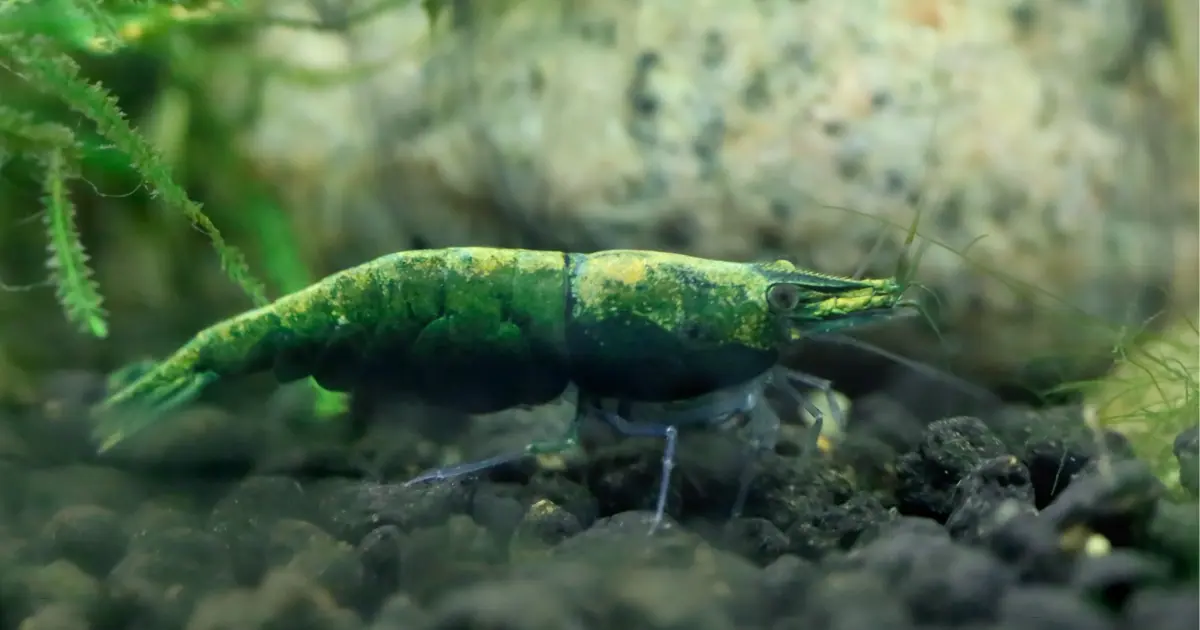
Final Thoughts
Shrimp are the perfect tiny tank companion for people who want beauty, movement, and mental calm without the noise and pressure of traditional pets. Watching a group of Cherry or Blue Dream shrimp graze in a planted tank is like living art therapy.
With just a few tools and a stable routine, shrimp care for beginners can be both peaceful and rewarding. Let your shrimp tank be your tiny underwater reset button.
Don’t forget to share your shrimp story with us.
🐟 This post contains affiliate links. If you click and buy, I may earn a small commission—at no extra cost to you. I only recommend products I trust and use to create calming, beginner-friendly tanks. 💙
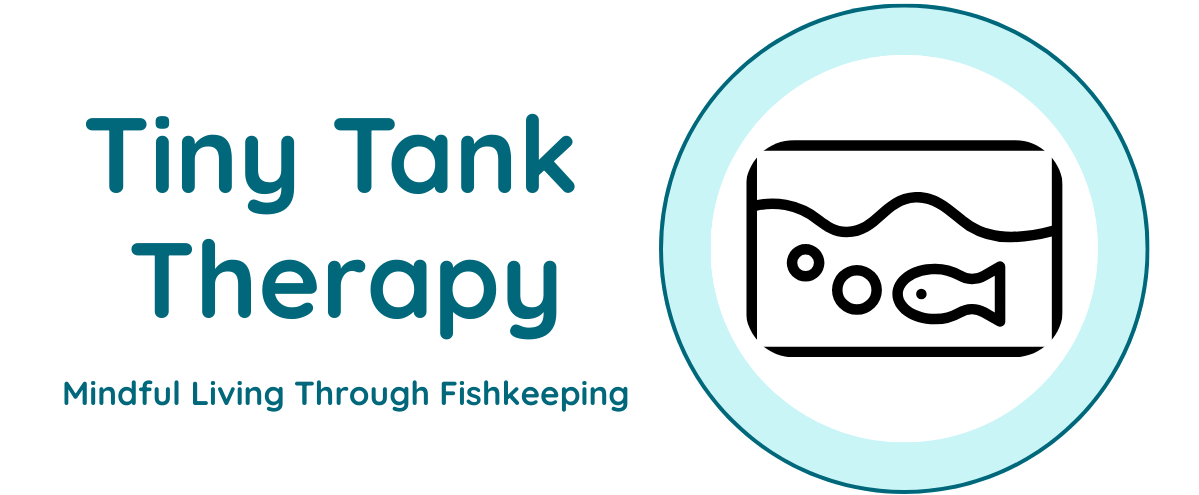
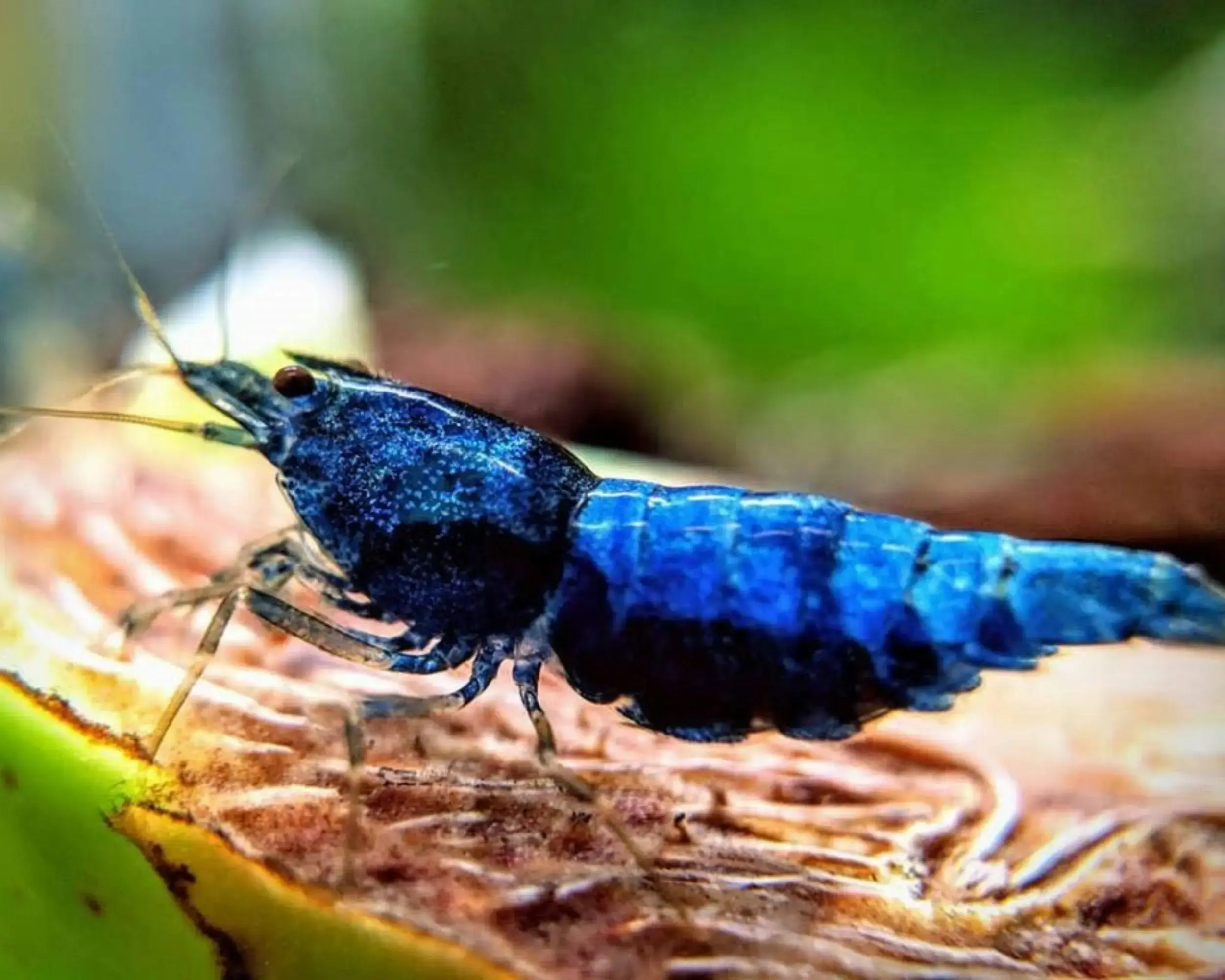
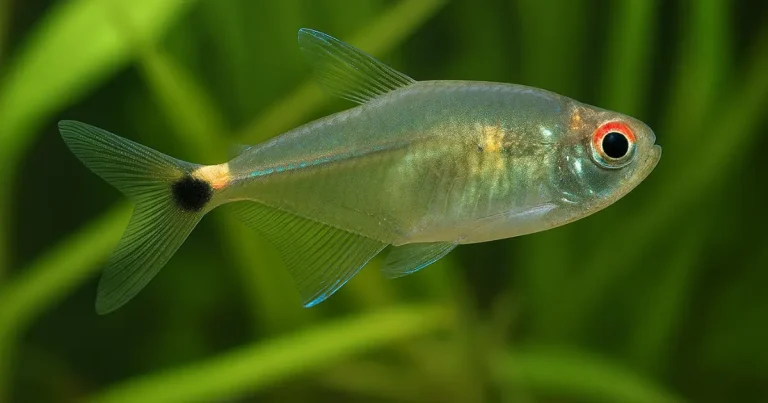
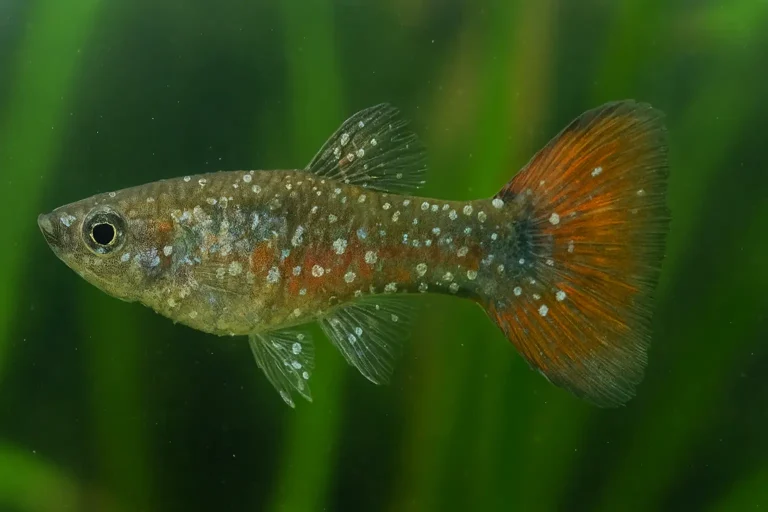
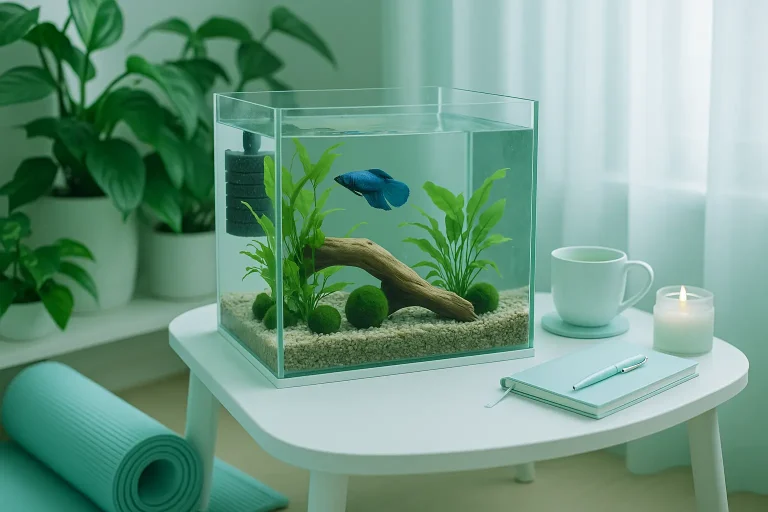
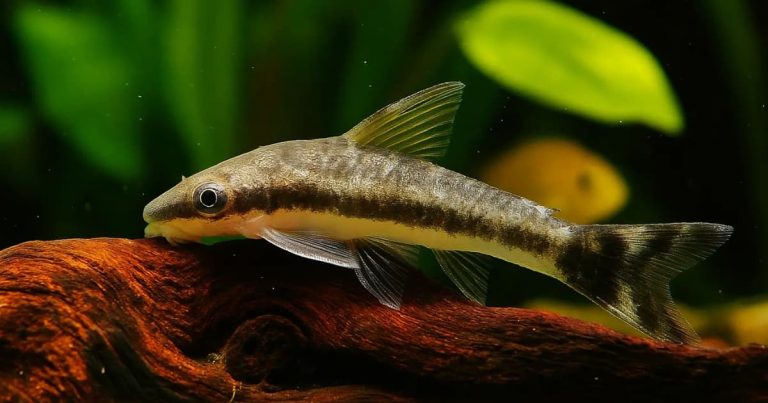
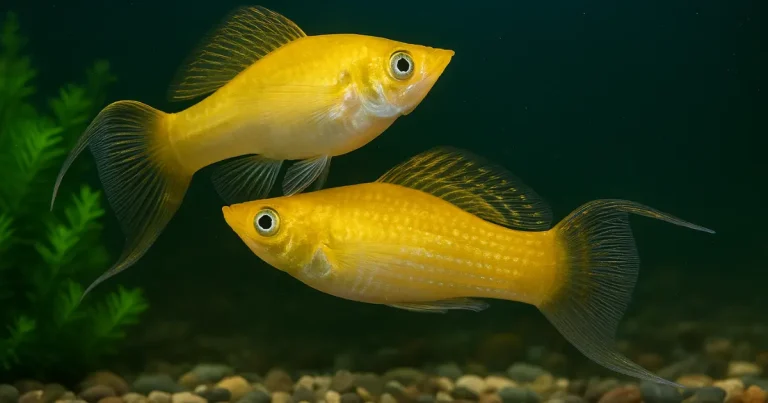
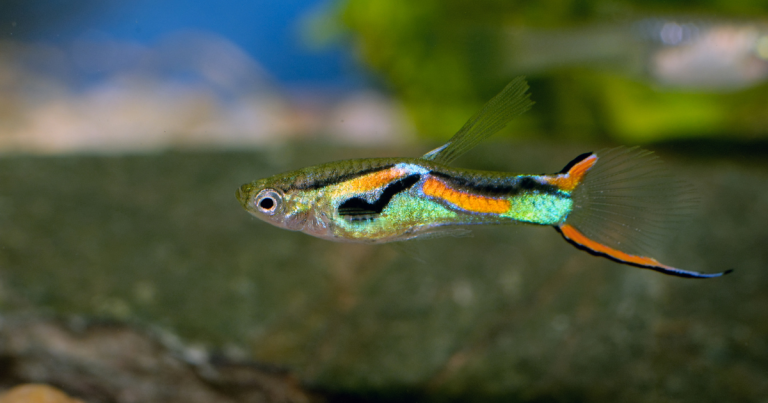
Leave a Reply